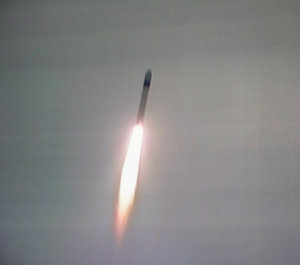
Cryosat Ready For Launch VNR
Introduction video to ESA’s Cryosat mission, prior to launch in October 2005. The video includes the following:
00.26 Cryosat New Release September 2005
00:43 Introduction: what will ESA obtain by Cryosat? Graphics illustrating Cryosat operation.
01:08 Malcolm Davidson, ESA’s Cryosat Validation Manager from ESA Earth and Science Divistion, explains why it is important to know exactly what Cryosat will measure: the change in ice masses on Earth.
01:35 Cryosat construction and testing in clean room
01:48 Professor Duncan Wingham, Cryosat Project Scientist and Lead Investigator, University College London, explains that the icecap on Greenland is melting worrying fast
02:10 Why is it a major problem that the Ice Cap on Greenland is melting very fast
02:23 Using radar technology, tested on previous ESA satellites such as ERS and Envisat, Cryosat will provide scientist with reliable 3-d models of the polar ice sheets, marine glaciers and floating ice.
02:41 Professor Duncan Wingham explains what this instrument provide in addition to previous measurements
03:04 Cryosat will be launched 8 October 2005 from Russia, onboard a Rokot launch vehicle. The plan is that it shall spend 3 years in orbit and relay data back to Earth to the Kiruna ground station in Sweden.
03:18 Scientists will be able to prove changing in melting ice and if the speed of the melting is increasing.
03:30 The End






